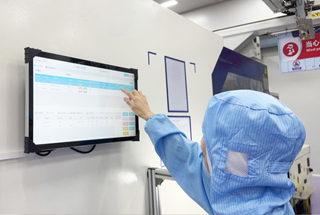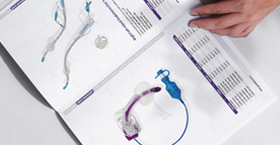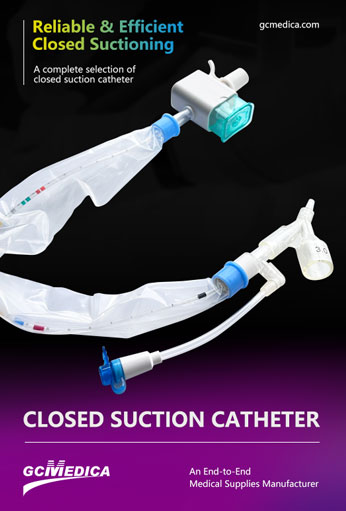The closed system tracheal suction catheter offers a sterile, closed-loop approach to airway secretions removal, reducing infection risk and maintaining positive end-expiratory pressure (PEEP) throughout the procedure. Unlike open suctioning, this system prevents exposure to contaminants, improves patient comfort, and minimizes ventilator-associated pneumonia (VAP) incidence.
| Closed Suction Catheter > |
Key Features and Benefits
Sterile Closed Loop: Encases the catheter within a protective sheath, preventing environmental contamination and cross-infection.
Continuous Ventilation: Permits uninterrupted mechanical ventilation, preserving PEEP and oxygenation during suctioning.
User-Friendly Design: Ergonomic handle, clear depth markings, and integrated suction control allow precise, single-handed operation.
Reduced Complication Rates: Studies show a significant decrease in hypoxemia and hemodynamic disturbances compared to open systems.
Indications for Use
Mechanically ventilated patients requiring frequent suctioning.
Critically ill individuals at high risk for VAP.
Neonatal, pediatric, and adult intensive care settings.
Clinical Procedure
Preparation: Confirm patient identity, check ventilator settings, and ensure catheter integrity.
Insertion: Advance catheter until resistance is felt; do not exceed recommended depth.
Suctioning: Apply intermittent suction while withdrawing catheter slowly, observing secretions.
Post-Procedure: Flush the catheter with sterile saline, assess patient’s respiratory status, and document.
Maintenance and Infection Control
Change the closed system every 72 hours or per manufacturer guidelines.
Adhere to hand hygiene and use appropriate personal protective equipment (PPE).
Monitor for catheter occlusion; replace immediately if malfunction occurs.
By integrating a closed system tracheal suction catheter into respiratory care protocols, healthcare providers can optimize airway management, enhance patient safety, and reduce ICU complications.


 Français
Français Español
Español Products
Products

 About Us
About Us












